#The Naturalist’s Miscellany
Text
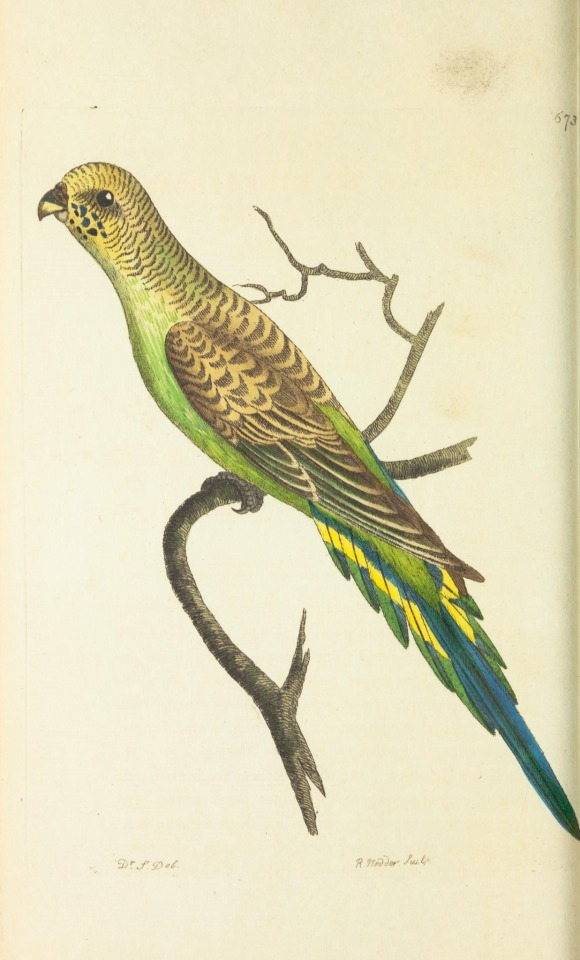
For #WorldBudgieDay, here is the 1st published image of a Budgerigar (Melopsittacus undulatus) for its scientific description by George Shaw (as the “Undulated Parrakeet") in The Naturalist's Miscellany of 1804-5.
(Yes, it appears unnaturally elongated, likely due to Shaw working from a skin rather than a living bird.)
Via BHL
#animals in art#animal holiday#european art#birds in art#19th century art#illustration#bird#budgerigar#budgie#parakeet#George Shaw#The Naturalist’s Miscellany#sciart#historical sciart#natural history art#scientific illustration#ornithological illustration#ornithology#Australian animals#British art#English art#book plate#lithograph#World Budgie Day
198 notes
·
View notes
Photo

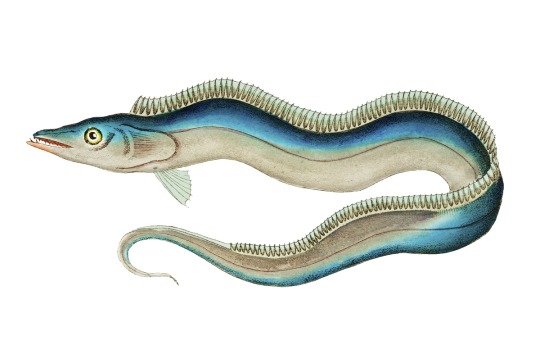



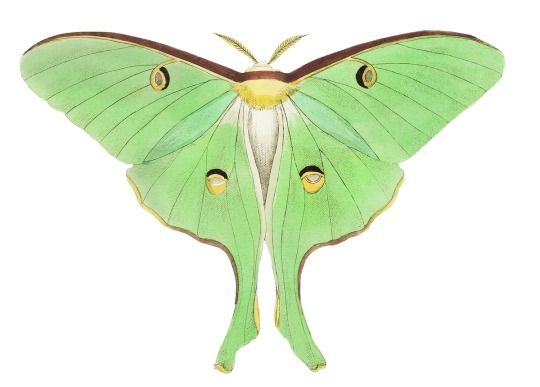
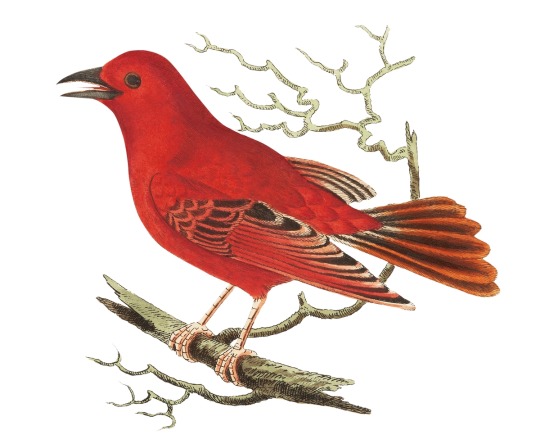
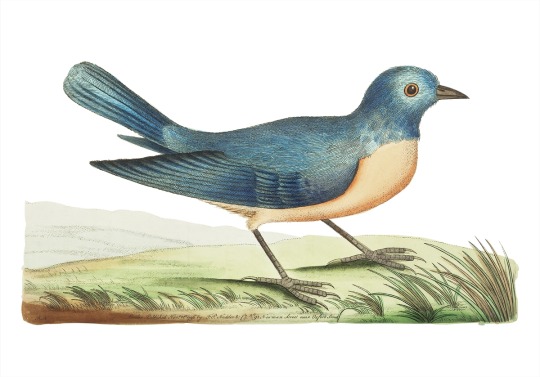

the dream team in many different forms
#don't mind me scrolling through art from The Naturalists' Miscellany or Coloured Figures of Natural Objects#I was trying to find a new pfp for myself. should I be a fish?#also I'm not gone. sometimes I'm just so quiet that you think I'm gone but I'm just lurking
1 note
·
View note
Photo

🐘 The naturalist's miscellany, or Coloured figures of natural objects. London: Printed for Nodder & Co., 1789-1813.
208 notes
·
View notes
Text
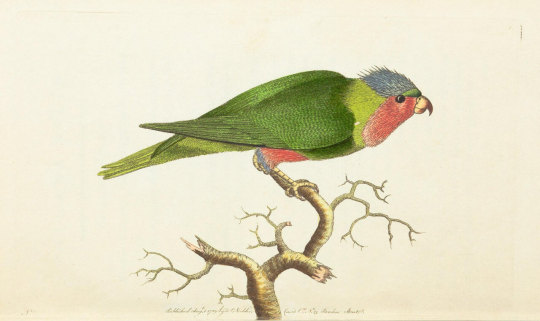
The Purple-Headed Parrakeet, Psittacus porphyrocephalus [Pl. 1] | The Naturalist's Miscellany v.1 [1789-1790] | Biodiversity Heritage Library | Flickr
#george kearsley shaw#george shaw#illustration#vintage illustration#bird art#vini australis#blue crowned lorikeet
147 notes
·
View notes
Text
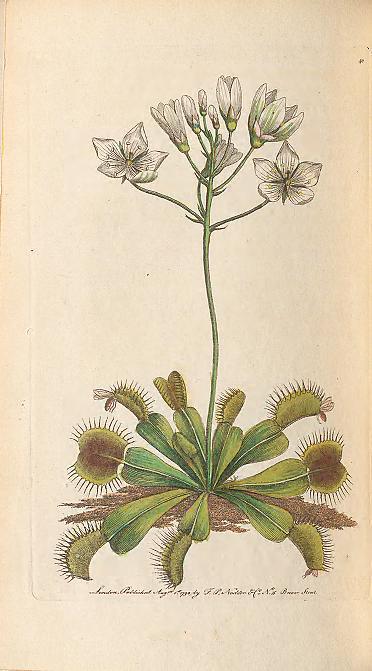
Venus Fly-trap.
Taken from 'The Naturalist's Miscellany' by George Shaw.
Published 1789. Printed for Nodder & Co.
Museums Victoria.
archive.org
190 notes
·
View notes
Text
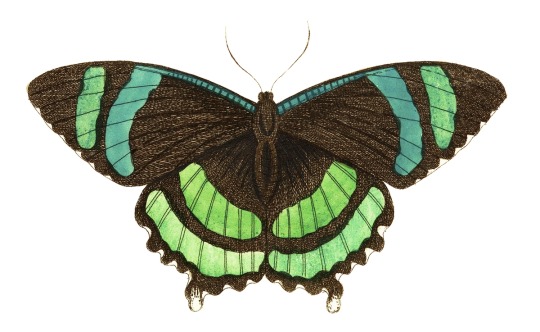
Green-banded tailed butterfly or Orontes illustration from The Naturalist's Miscellany (1789-1813) by George Shaw (1751-1813)
2 notes
·
View notes
Text

file: Illustration from The Naturalist’s Miscellany by George Shaw, digitally enhanced by rawpixel-com 183.jpg
0 notes
Text
I looked up the Wikipedia entry for platypus and:
The unusual appearance of this egg-laying, duck-billed, beaver-tailed, otter-footed mammal at first baffled European naturalists. In 1799, the first scientists to examine a preserved platypus body judged it a fake made of several animals sewn together.
When the platypus was first encountered by Europeans in 1798, a pelt and sketch were sent back to Great Britain by Captain John Hunter, the second Governor of New South Wales. British scientists' initial hunch was that the attributes were a hoax. George Shaw, who produced the first description of the animal in the Naturalist's Miscellany in 1799, stated it was impossible not to entertain doubts as to its genuine nature, and Robert Knox believed it might have been produced by some Asian taxidermist. It was thought that somebody had sewn a duck's beak onto the body of a beaver-like animal. Shaw even took a pair of scissors to the dried skin to check for stitches.
Have they ever made a film about this, bc if not, I think there should definitely be one. Imagine the baffled scientists arguing and coming to blows over this strange species.
#platypus#animals#nature#science#history#lol#'my dear fellow. you must be out of your mind'#'i resent that tone my dear fellow. i know for a fact that this animal is real'#sillyposting#mypost
0 notes
Text
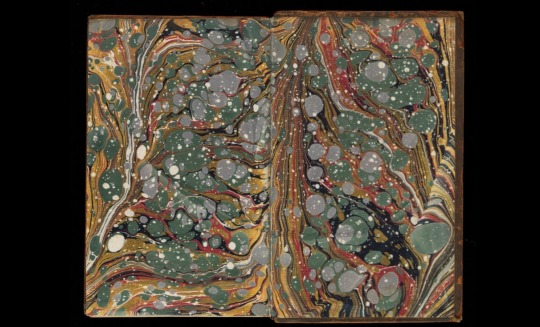
Book endpapers with marbling effect. In Volume 3 of 'The Naturalists' Miscellany...' by George Shaw, 1813.
0 notes
Photo
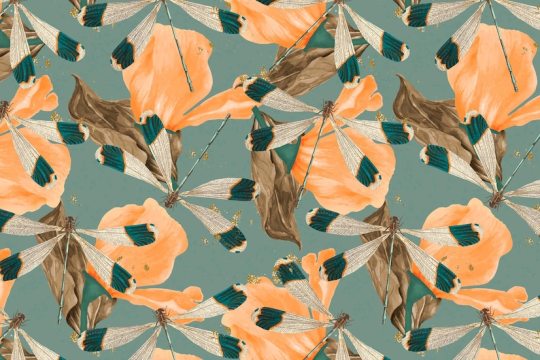
https://www.freepik.com/premium-vector/dragonfly-leaf-abstract-pattern-vector-vintage-remix-from-naturalist-s-miscellany-by-george-shaw_18294528.htm
0 notes
Photo
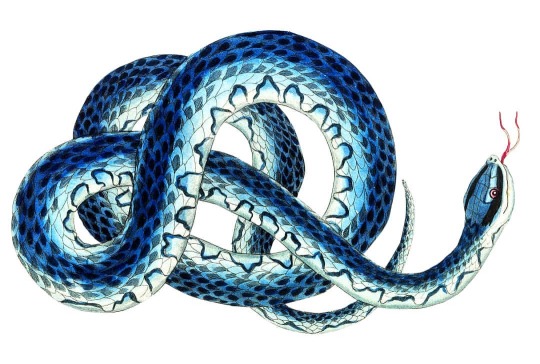
Fasciated snake or Blue snake or wampum snake illustration from The Naturalist's Miscellany (1789-1813) by George Shaw (1751-1813). by Biodiversity Heritage Library · · · #blue #snake #fasciated #wampum #naturalist #miscellany #georgeshaw #biodiversity #illustration #illustrationartists #illustrator #prints #deepblue #wampumsnake #creativecommons #publicdomain #outofthecommons https://www.instagram.com/p/CJMI2uOnZv2/?igshid=15lofce4q8ysj
#blue#snake#fasciated#wampum#naturalist#miscellany#georgeshaw#biodiversity#illustration#illustrationartists#illustrator#prints#deepblue#wampumsnake#creativecommons#publicdomain#outofthecommons
0 notes
Text
#FrogFriday:
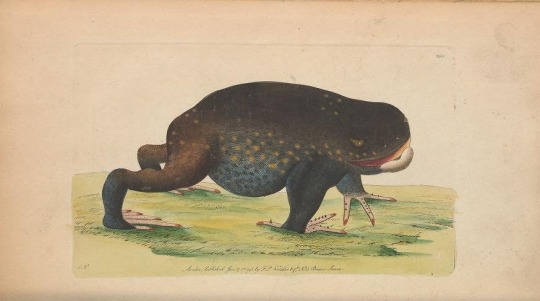
“he Australian Frog” (Giant Burrowing Frog aka Eastern Owl Frog, Heleioporus australiacus), 1st published image & scientific description by George Shaw & Frederick Nodder in The Naturalist’s Miscellany, Vol. 6, 1794-5, plate 200.
This large, endangered frog species is endemic to coastal areas of New South Wales & Victoria in Australia.
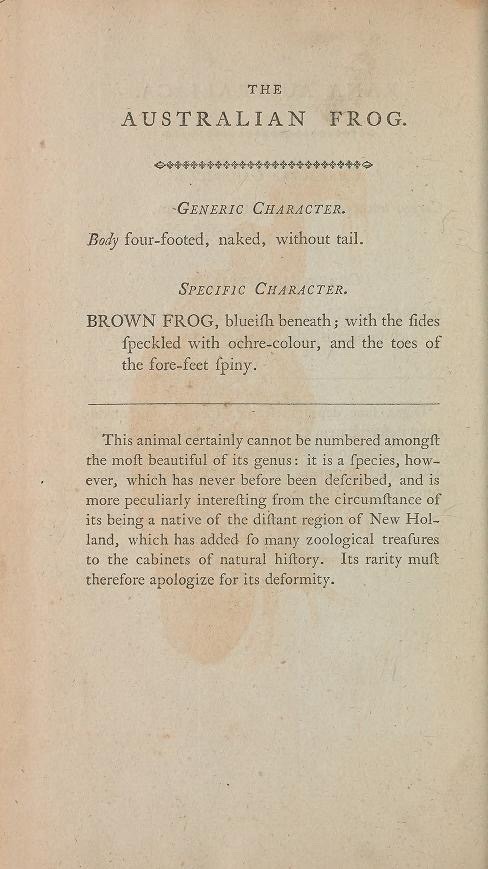
“This animal certainly cannot be numbered amongst the most beautiful of its genus: it is a species, however, which has never before been described, and is more peculiarly interesting from the circumstance of its being a native of the distant region of New Holland, which has added so many zoological treasures to the cabinets of natural history. Its rarity must therefore apologise for its deformity.” 🤨
It should be noted that Shaw was working from a dead specimen - I personally think they’re quite cute, as seen in this photo of a live one! 🥰

#animals in art#european art#illustration#18th century art#frog#Frog Friday#Frederick Nodder#George Shaw#The Naturalist’s Miscellany#natural history art#scientific illustration#historical sciart#sciart#book plate#heroetology#amphibian#Australian animals#Giant Burrowing Frog#Eastern Owl Frog
8 notes
·
View notes
Photo
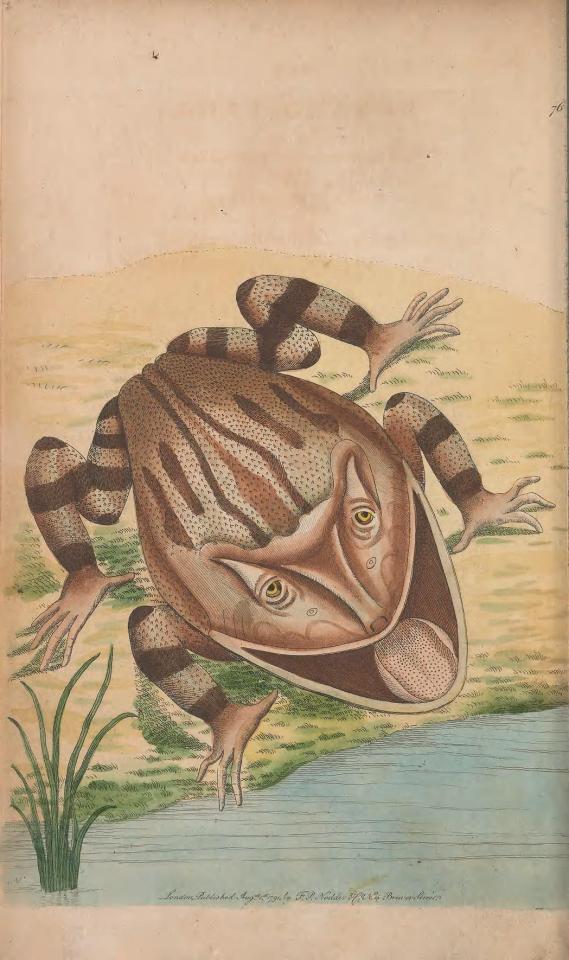
An expressive horned frog, referred to in the text as a contender for “the ugliest animal yet known to exist.” From The Naturalist's Miscellany v.3 [1791-1792].
Full text here.
406 notes
·
View notes
Photo
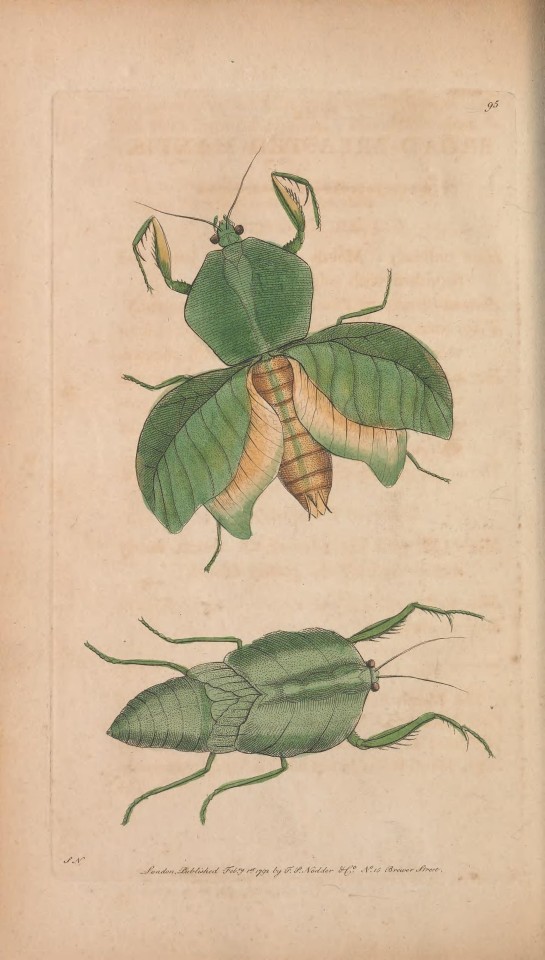
🦗 The naturalist's miscellany, or Coloured figures of natural objects. London: Printed for Nodder & Co., 1789-1813.
169 notes
·
View notes
Text
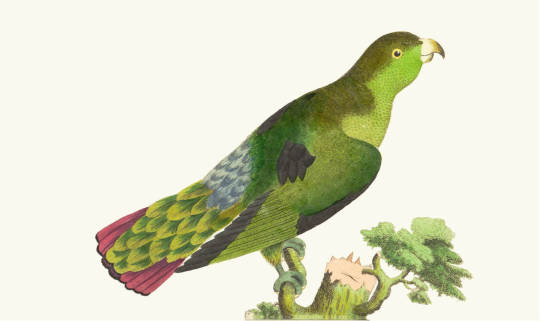
The Purple-Tailed Parrakeet, Psittacus porphyrurus [Pl. 16] | The Naturalist's Miscellany v.1 [1789-1790]
5 notes
·
View notes
Text
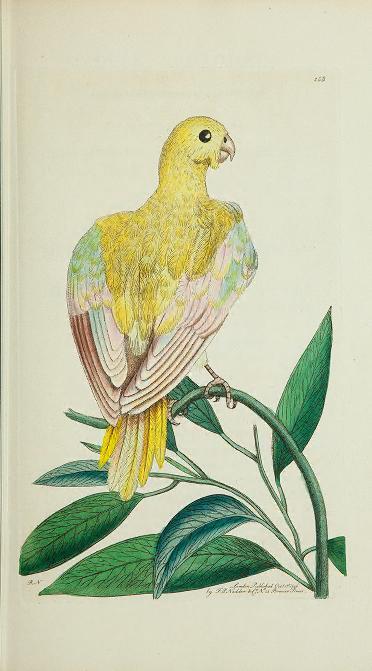
'The Pale Parrakeet' (1789) by George Shaw.
Taken from 'The Naturalist's Miscellany.'
Printed for Nodder & Co.
Museums Victoria.
archive.org
42 notes
·
View notes